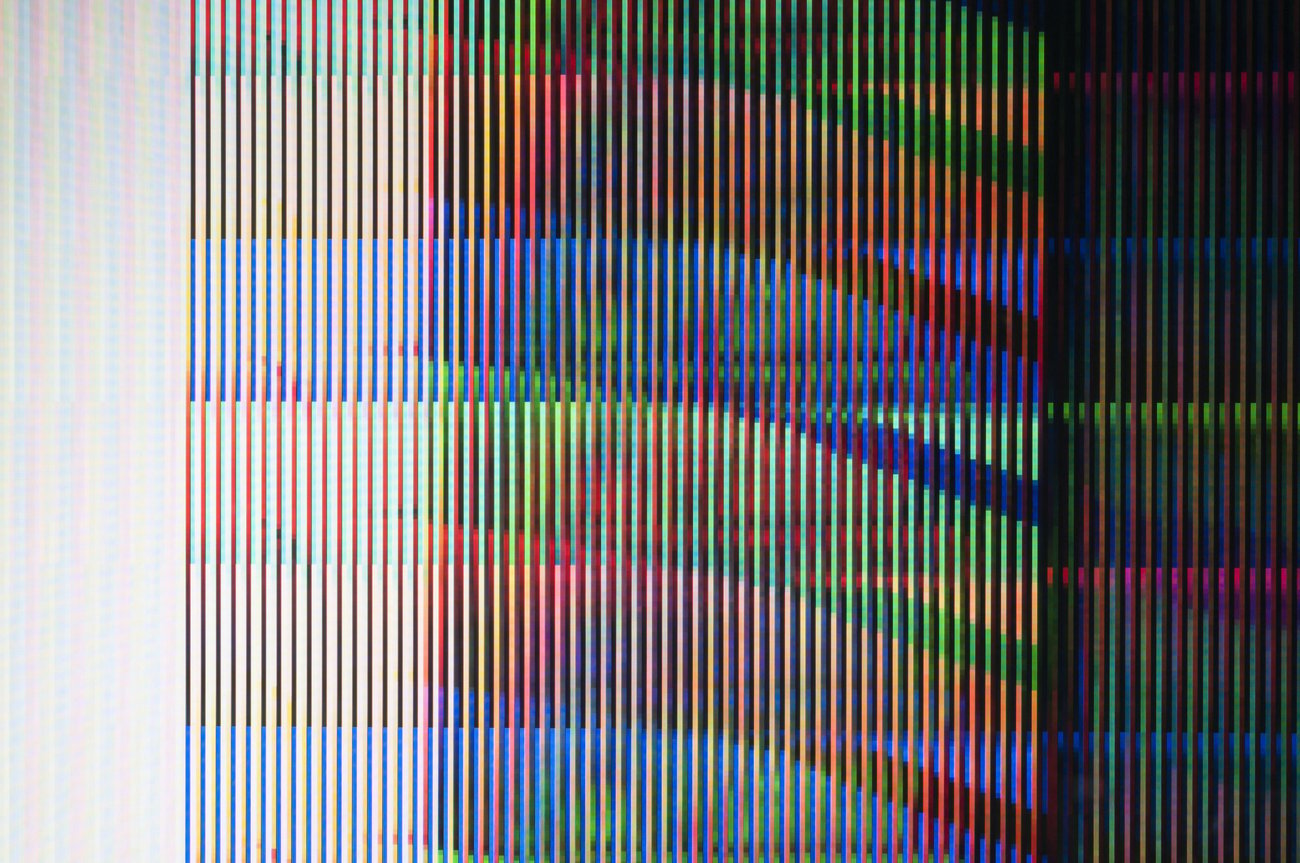
What does world-class customer experience look like when brands are armed with more data than they know what to do with, and when they have less of their audience’s attention than ever?
What role does visual design play today, when attention is at a super-premium?
What’s the point of your website, when consumers increasingly turn to apps, online marketplaces or smart speakers for products and answers?
How are the lines between physical and digital blurring? With technology at exponential growth, how do we stay human?
These are some of the questions I’ve been mulling over since coming back from SXSW in Austin, Texas, last month. Seeing a handful of presenters touching on the risks and rewards of this increasingly connected world, I thought of New Zealand businesses and felt quite hopeful.
Here in New Zealand, we have the opportunity to stay ahead. We can start adapting our brand strategies now to make the most of up-and-coming technologies and consumer trends, rather than waiting and having to play catch up.
How? Taking a page out of these pros’ books would be a start:
A distracted digital age
Kai Wright, a lecturer at Columbia University with an impressive CV of accomplishments in the marketing and entrepreneurial world, reckons brands are evolving – and need to keep doing so.
In his session, “Creating Memorable Brand Value in a Consumer Distracted, Data Dominated Age,” he pointed out that where 50 years ago marketers could rely on a solid static logo, some TV, door-to-door and print advertising, 10 years ago it had changed to include an interactive logo, rich media and direct mail-driven guerilla marketing.
Today, it’s all about user-generated content, creating and nurturing a digital ecosystem, and driving marketing around consumers’ lifestyle factors. So what will it be 5 years from now?
We need only to look at our digital habits to find out. What digital habits? The fact that we scroll through 300 feet of mobile experiences every day. Or that 76 percent of us watch TV with our smartphones in our hands, splitting our attention to give neither full focus.
We’re distracted. But that doesn’t mean marketing is going to stop working. Wright argued that we’ll just need to keep adapting to prepare for the marketing environment that we’ll have 5 years from now – an audio-led, video-centric world where consumers expect sensorial and immersive brand experiences and interactions across their devices, platforms and real-world experiences.
It’s going to be more important than ever for brands to stand out…and stand for something.
How to stand out – and stand for something
Wright believes brands need to consider their verbal and non-verbal communication, as well as the paralinguistics – how their message is actually delivered (ie tone, pauses). Standing out in the age of distraction will mean developing unique, branded vocabulary, and symbols, shapes and other visual stimuli. It will mean developing audio cues so your brand is instantly recognisable. It will also mean developing unique, memorable experiences for consumers, and portraying a united, motivated internal team with a sense of purpose.
How Mastercard is building a brand for the digitally distracted
Some brands are already doing this. In another session, Mastercard CMO Raja Rajamannar explained how his brand is keeping up with the unprecedented change in the market – change fueled, he believes, by an increasingly connected Internet of Things, more devices, more channels and, frankly, more attention deficiency among consumers.
Mastercard’s tactic is to shift traditional advertising dollars out of channels that can’t be measured, and instead use that funding to provide experiences at scale, and then enabling customers to amplify them easily themselves.
They’ve identified nine passion categories of customers, and developed “priceless moments” for each. They then turned these into money-can’t-buy, exclusive experiences that would generate surprise and delight, and in turn encourage sharing among family and friends in increasingly closed platforms, like Whatsapp.
Music to our ears
Mastercard has also developed a “sonic brand” and identity. During their recent rebrand, Mastercard invested deeply into developing what their brand “sounded like” on top of what it looked like – not a small sound bite at the end of a TVC, but a real identity, a musical logo that users would start to associate with the brand.
Mastercard is among the first major brands to realise that a melody works across media, genre, continents, gender and race. It can be simplified into a single 1.3-second ’transaction accepted’ sound, or play as the sound track on a 1-minute video.
This wasn’t a decision made on a whim – it was deeply researched (in fact, it was reportedly developed with artists, musicologists and marketers over the course of two years!) and rooted in data.
I left SXSW inspired by brands like Mastercard – they’re coming up with new strategies that are personalised on data to fit and connect with their audience. They’re keeping it simple, but also keeping ahead of the curve. As a result, they’re finding new levels of growth and climbing the ranks of global market share.
Darren Kirkland is the managing director at krunch.co, a digital marketing consultancy that takes a multidisciplinary approach to digital transformation, helping brands blend data, tech and content to change the way they engage with their audiences.




